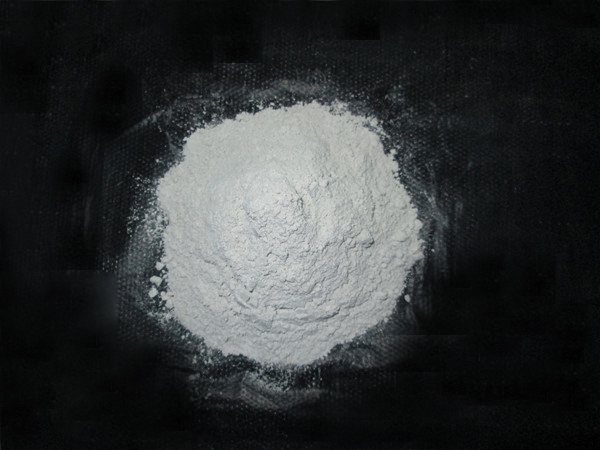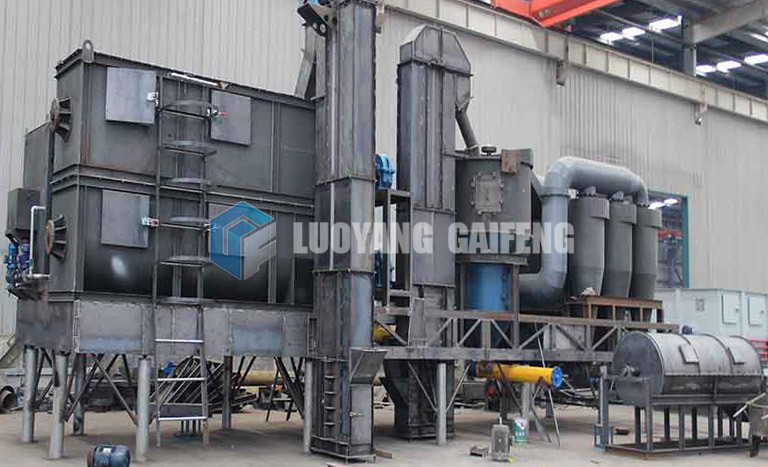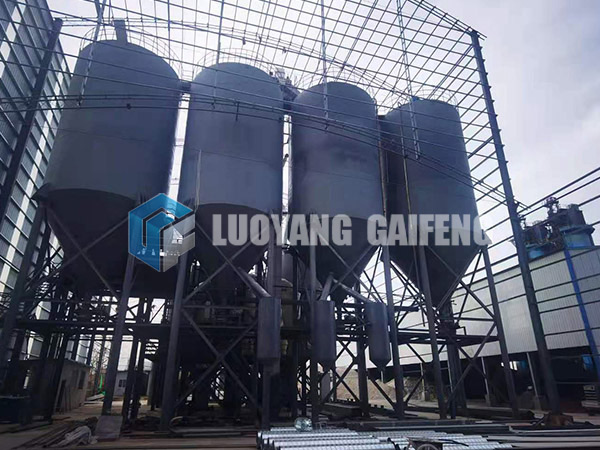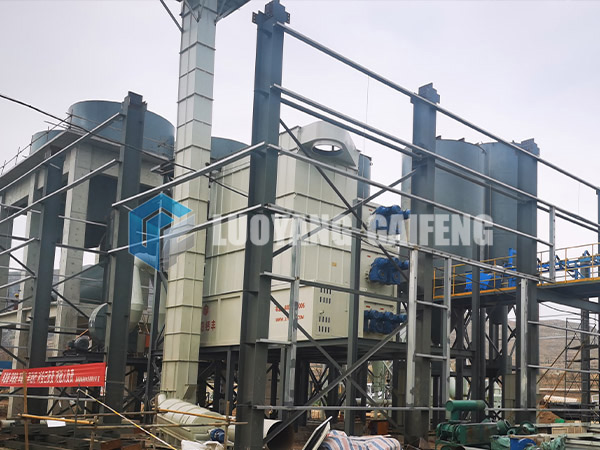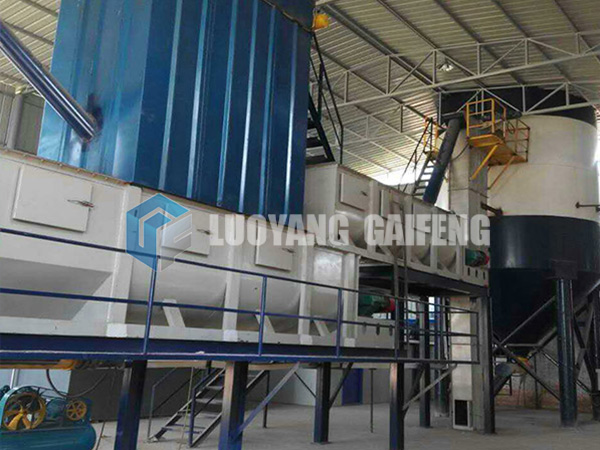What is the process flow of carbon dioxide production equipment
Carbon dioxide production equipment involves a process known as carbon dioxide capture, which is the separation and extraction of carbon dioxide from a source gas stream. The specific process flow of carbon dioxide production equipment may vary depending on the type of equipment and the source of the gas stream, but a general process flow is outlined below:
Gas pre-treatment
The first step in the carbon dioxide production process involves pre-treatment of the gas stream. This may include removal of impurities, such as sulfur compounds, moisture, or other trace elements that could interfere with the carbon dioxide capture process. Gas pre-treatment is typically done using specialized equipment, such as filters or scrubbers.
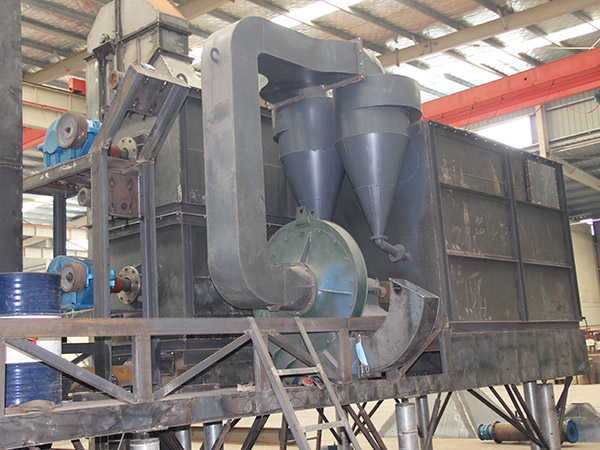
Carbon dioxide capture
The next step involves the actual capture of carbon dioxide from the gas stream. This is typically done using one of several technologies, including absorption, adsorption, or membrane separation. Each technology has its own process flow, but the basic idea is to separate the carbon dioxide from the other gases in the stream, such as nitrogen or oxygen.
Compression
Once the carbon dioxide has been captured, it is typically compressed to increase its density and reduce its volume. Compression may be done using a variety of methods, including positive displacement compressors or centrifugal compressors.

Purification
After compression, the carbon dioxide may undergo further purification to remove any remaining impurities. This may involve processes such as distillation or filtration.
Storage
Finally, the purified carbon dioxide is stored in specialized tanks or containers, ready for use or further processing. Carbon dioxide can be stored in a variety of ways, including as a liquid or a gas, depending on the intended application.
Overall, the process flow of carbon dioxide production equipment involves a series of steps designed to capture, purify, and store carbon dioxide from a gas stream. The exact process flow may vary depending on the specific equipment used and the characteristics of the gas stream being processed.

